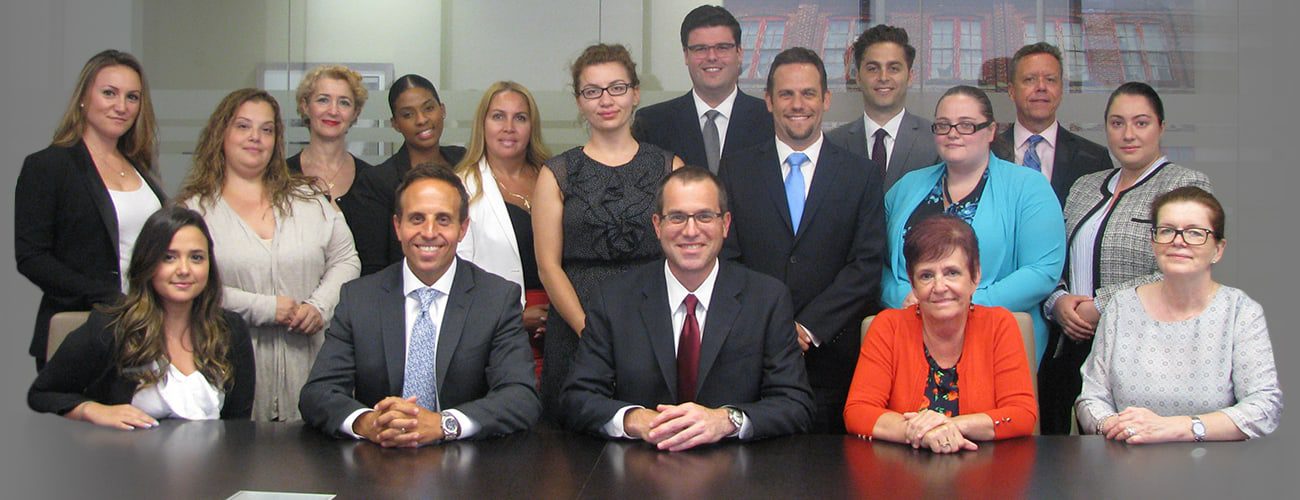Biomechanics is the study of how physical forces affect and influence living organisms. It is said to combine mathematics, physics, chemistry and biology. Experts in this field have served in personal injury cases in a variety of factual scenarios including trips and falls and most predominantly now in motor vehicle cases. This entry was prompted by a recent article published in the New York State Bar Association Journal November/December 2010 edition titled The Rise of Biomechanical Experts at Trial which discusses and promotes the increase in the use of biomechanical engineers by defense attorneys in defending automobile cases.
Although the article we reference highlights the trend of retaining experts of this type specifically at the time of an impending jury trial, we note that the warning signs of the involvement of such experts are appearing earlier in the litigation. Within the last 8 months I received pre-suit correspondence from adjusters claiming that the soft tissue injuries claimed by my client were not causally related to the subject low impact collision “from a biomechanical standpoint.” Some plaintiff’s attorneys have reported that they have received reports from defendant’s biomechanical engineer as exhibits in summary judgment motions on the serious injury threshold question served upon completion of depositions. The purpose of the expert disclosures in the motions and trial testimony by the expert is the same. The expert is retained to argue that the injury producing mechanisms were not present in the accident. That is to say, the forces exerted upon the injured body parts were not of a sufficient magnitude to cause the injury alleged by the plaintiff based upon the expert’s knowledge of human anatomy and a mathematical assessment of the forces involved in the collision.
For the injured plaintiff and her attorney this is just one more obstacle to consider in the quest for justice. It would seem that there would be no rise in the use of biomechanical engineers if the use of same did not create a benefit to defense counsel and yet it begs the question: Is it the expert or is it the case?
Our New York personal injury litigation firm has successfully prosecuted cases where the defense has used biomechanics experts and even some where no expert was called to testify but was clearly consulted in shaping the defense attorney’s arguments about the application of force.
I predict that what has been good for the goose may prove to be good for the gander. In other words, the trend may be that plaintiffs too will begin to retain biomechanical engineers on co-called soft tissue cases where the injury is serious and causation is wrongly contested. Sometimes the best offense is to embrace the defense by employing against your adversary the same tactic that was intended to be used against you. Will every low speed case merit retaining a biomechanical engineer? Of course not. But look for the trend to start rising on both sides of the Bar.









